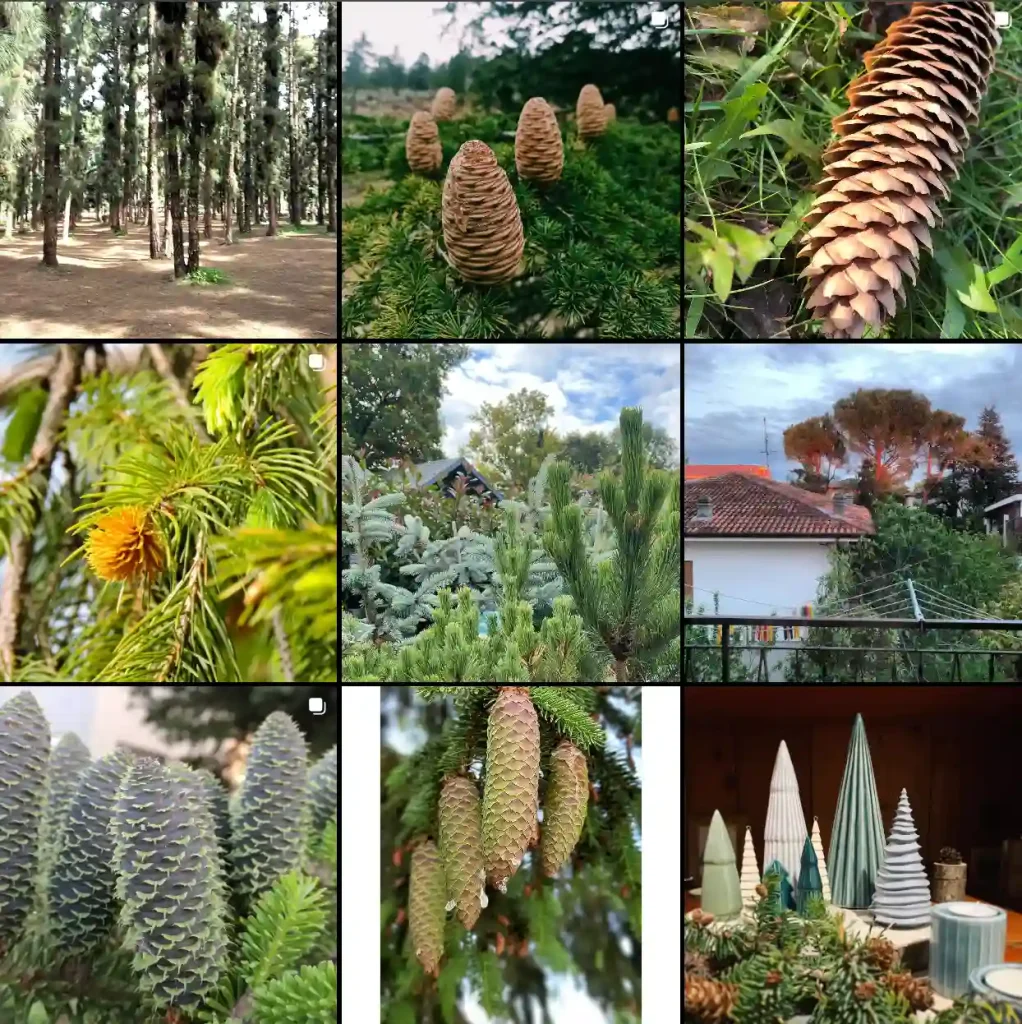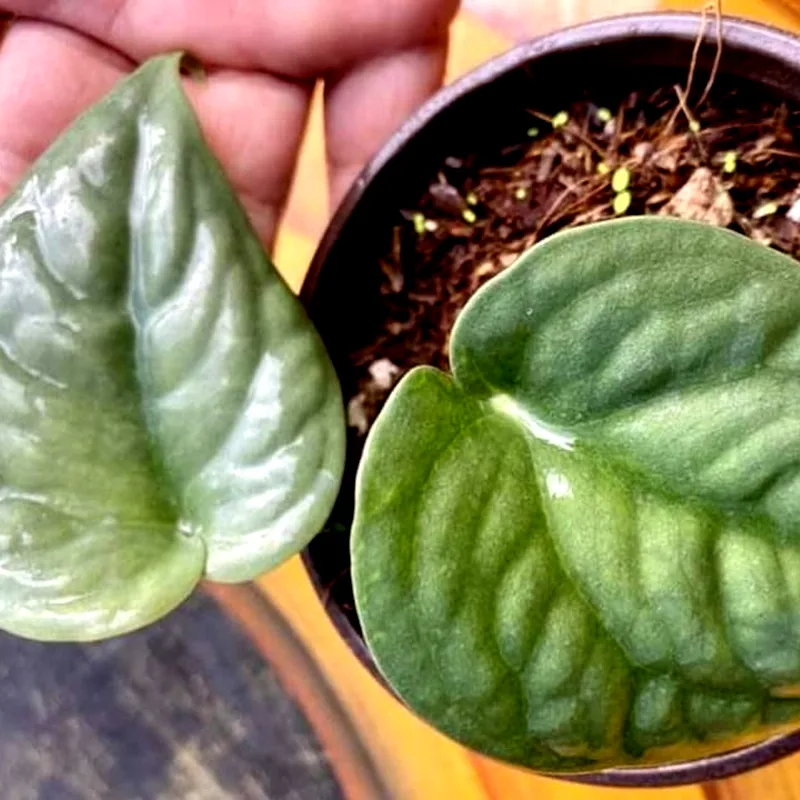Pilea Pumila: A Little Plant with a Big Presence
Hi there, Ferb Vu here! Today, we’re diving into the world of Pilea pumila, a fascinating little plant with a surprising amount of personality. Whether you’re a seasoned gardener or a curious newcomer, this guide will equip you with everything you need to know about caring for this unique herb.
609 Species in Genus Pilea
What is Pilea Pumila?
Pilea pumila, also known as clearweed, Canadian clearweed, coolwort, or richweed, is a herbaceous annual plant belonging to the nettle family (Urticaceae). Despite its association with nettles, pilea pumila lacks the stinging hairs of its relatives.
Native to both Asia and eastern North America, this plant thrives in moist, shady areas with rich loamy soil. Pilea pumila boasts translucent green stems and simple, ovate leaves with wrinkly surfaces and long petioles. In autumn, the foliage transforms into a vibrant yellow, adding a pop of color to the cooler months.
Standing at a height of 0.7 to 70 centimeters, pilea pumila might seem insignificant at first glance. But don’t let its size fool you! This little plant packs a punch in the ecological department. Its presence indicates healthy soil conditions and often attracts beneficial insects like ladybugs and hoverflies that help control garden pests.
How to Care for Pilea Pumila?
Caring for pilea pumila is a breeze. Here’s what you need to know:
- Light: Pilea pumila prefers bright, indirect light. Avoid harsh sunlight, which can scorch the leaves.
- Water: Keep the soil consistently moist but not soggy. Water deeply when the top inch of soil feels dry to the touch.
- Soil: Opt for a well-draining, fertile potting mix.
- Temperature: Pilea pumila thrives in average room temperatures between 65-75°F (18-24°C).
- Humidity: While not strictly required, moderate humidity levels can benefit your pilea pumila. Grouping plants together or using a pebble tray filled with water can help increase humidity.
- Fertilizer: During the growing season (spring and summer), a balanced liquid fertilizer diluted to half strength can be applied once a month. Avoid fertilizing during winter.
With proper care, your pilea pumila will reward you with lush green foliage throughout the growing season.
How to Propagate Pilea Pumila?
Propagating pilea pumila is a fun and rewarding way to expand your collection or share this charming plant with friends. Here are two methods you can try:
- Stem cuttings: Take a stem cutting with at least two nodes (leaf junctions). Remove the lower leaves and dip the cut end in rooting hormone (optional). Plant the cutting in a pot filled with moist potting mix and place it in a warm, brightly lit location. Keep the soil moist and within a few weeks, you should see new growth emerge.
- Division: If your pilea pumila has become bushy, you can divide it into multiple plants. Carefully remove the plant from its pot and gently tease apart the roots. Repot each division in individual containers with fresh potting mix. Water thoroughly and care for them as you would a mature plant.
What to Plant with Pilea Pumila?
Pilea pumila’s compact size and tolerance for shade make it a versatile companion plant for various container gardens. Consider pairing it with:
- Ferns: Ferns share similar light and moisture requirements with pilea pumila, creating a harmonious combination.
- Begonias: The colorful blooms of begonias add a vibrant contrast to the green foliage of pilea pumila.
- African violets: Both plants thrive in similar conditions and their contrasting textures create visual interest.
- Bromeliads: Bromeliads add a touch of the tropics while pilea pumila fills in the gaps with its lush greenery.
By experimenting with different color combinations and textures, you can create a truly unique and eye-catching container garden.
Conclusion
Pilea pumila might be a small plant, but it offers a wealth of benefits for gardeners of all levels. With its easy care requirements, beautiful foliage, and ecological contributions, pilea pumila is sure to become a cherished addition to your indoor plant collection. So, why not give this little powerhouse a try? You won’t be disappointed!
If i die, water my plants!



